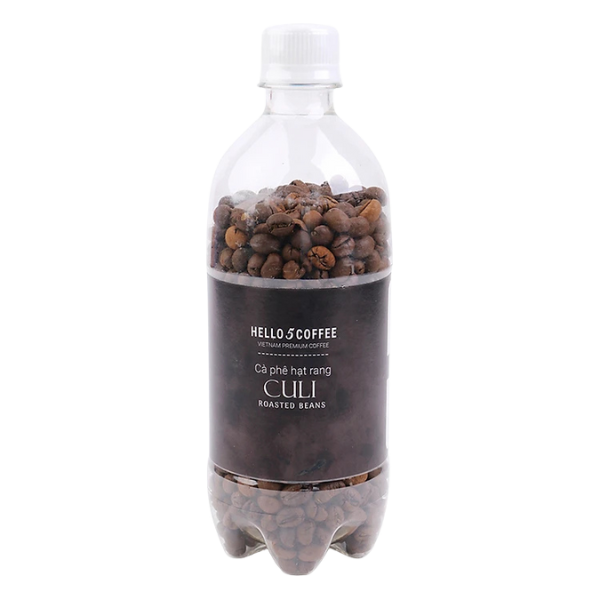Besides familiar names like Moka, Typica, Bourbon, Culi is also a common name. Culi coffee is extremely popular among coffee connoisseurs, and they are often more expensive than other types of coffee on the market. So what is Culi coffee? What are its origins and characteristics? Find out in this article!
1. What is Culi coffee? Outstanding characteristics of Culi coffee
Culi coffee is also known by other names such as “ca phe Bi” or “Peaberry”. In Spanish, Culi coffee is called “Caracolillo”, which means snail. It may have gotten this name due to the shape of the coffee bean.

As we know, regular coffee beans have 2 beans wrapped in an outer shell and fruit flesh layer. These two kernels, though separate, are positioned close together. However, when one of the two ovules in the coffee fruit doesn’t develop, the remaining ovule will develop more strongly since it no longer faces pressure – it will grow rapidly and form a round coffee bean that occupies the entire space within the fruit and doesn’t have a flat surface like regular coffee beans. These coffee beans are called Culi coffee.
In reality, Culi coffee fruit is a mutated fruit that can occur in any type of coffee (Arabica or Robusta), but this phenomenon is quite rare and only accounts for 2-4% of bean production each season.
Initially, when no one knew what Culi coffee beans were, coffee beans with the characteristic single-kernel mutation were considered defective and discarded. The reason coffee roasting artisans decided to discard these Culi beans was because when roasted using conventional methods, Culi beans would reduce the quality of the entire coffee batch. Through some chance discovery, Culi beans were eventually recognized and acknowledged. Currently, they are among the premium coffee types with special flavor and are sold at high prices.

Currently, major coffee-producing countries such as Tanzania, Kenya, Brazil, and Vietnam can all produce this type of coffee, however production volume is not high. Most focus on selecting Peaberry coffee beans rather than mass production. This selection process is also mostly done manually. Therefore, Culi – Peaberry beans are usually rare and expensive.
2. What does Culi coffee taste like?
Thanks to its singular development within the fruit, all the essence is concentrated into a single bean, creating a rich, deep, unique flavor that differs from regular coffee beans in the same harvest. Culi coffee is said to have stronger acidity and better aroma compared to other coffee varieties.

If roasted with a separate roasting mode and precise techniques, Culi coffee can reach premium flavor levels, with subtlety, completeness, and long-lasting aftertaste. Not only outstanding when enjoyed pure, Culi can also be easily blended with other bean types like Arabica or Robusta, producing delicious products that meet consumer tastes.
3. Culi coffee classification
Culi coffee has 2 distinctive lines: Culi Robusta and Culi Arabica
3.1. Culi Robusta coffee
While Robusta already has its characteristic rich bitter taste, Culi Robusta beans carry that distinctive trait and are somewhat stronger than the original version. Besides the characteristic bitterness, Culi Robusta has a much more fragrant aroma than the original.
Their aroma tends toward malted scents mixed with burnt toast smell, alongside opinions that Culi Robusta’s aroma contains hints of ripe fruit fragrance that is aromatic and very appealing.
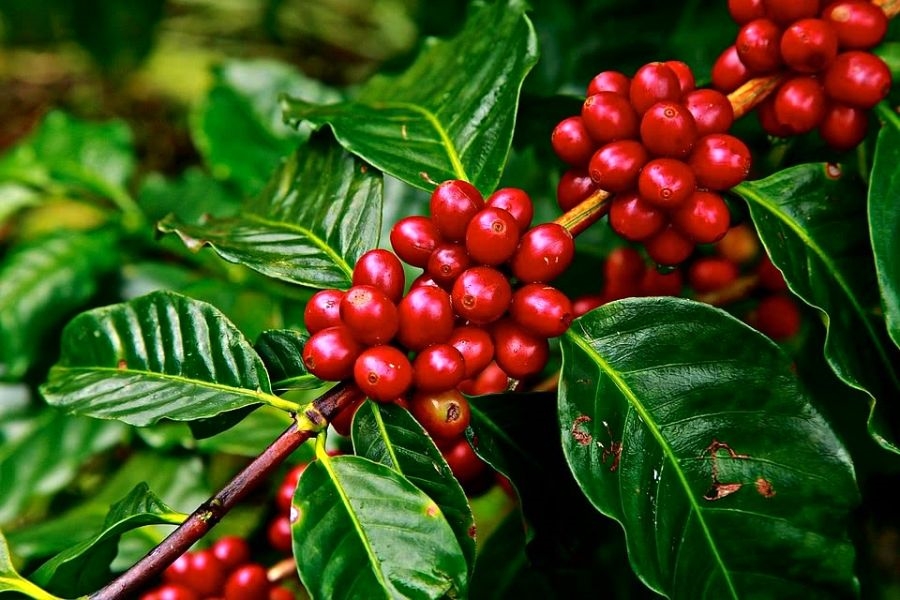
Read more: What is Robusta Coffee?
3.2. Culi Arabica coffee
Arabica – the queen of the coffee world, now has the Culi Arabica version. This sweet mutation makes Culi Arabica a coffee masterpiece. With its inherently rich and seductive aroma, Culi Arabica becomes even more attractive when possessing higher than normal caffeine content and richer flavor. Besides the characteristic mild acidity, Culi Arabica has a richer bitter taste compared to the original version.
The fact that Culi coffee has unique flavor and better quality than the original coffee version is due to their special shape. Whether coffee develops its characteristic aroma or achieves unique and special flavor depends greatly on the coffee roasting process.
Culi coffee has a round shape, so when roasted, the coffee will roll more evenly than when they have a flat surface as usual. The Culi coffee roasting process will be more favorable than roasting regular coffee because they limit sharp edges, heat transfer in the coffee is easier and will cook more evenly.
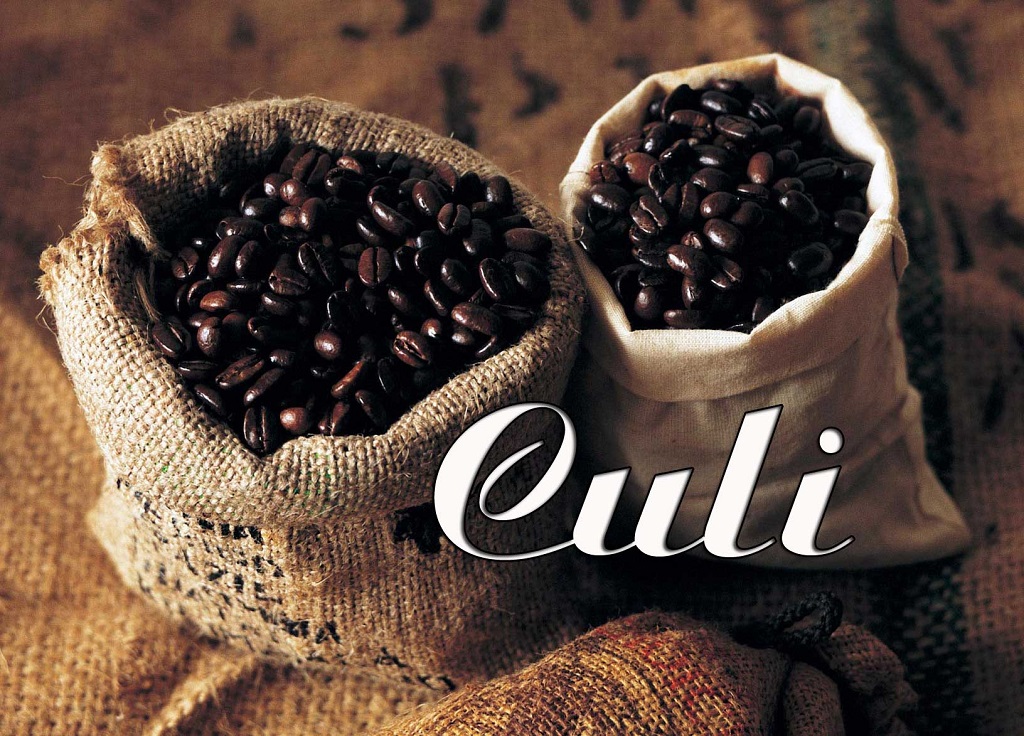
Read more: What is Arabica Coffee
4. Applications of Culi (Peaberry) coffee
Although it can be enjoyed separately to fully appreciate its rich flavor and character, due to scarce production, Culi coffee is often used to blend with Arabica, Robusta, or Specialty Coffee lines. This combination not only highlights Culi’s unique characteristics but also creates harmonious, unique flavors serving the premium segment.
Besides that, Culi is also often packaged separately as beans or roasted ground coffee, and thanks to its rarity, becomes a luxurious gift for coffee lovers.
5. How to enjoy Culi coffee
To enjoy a proper cup of Culi coffee, you can enjoy it using traditional drip brewing with a little milk, sugar, etc., according to your preference.
For Culi coffee, it’s very easy to mix with coffee types like Arabica and Robusta to bring more diverse flavor experiences. You can start with a 1:1 ratio, and if you prefer stronger flavor, try a 3:4 ratio.
No matter how you brew it, Culi always provides a delicious and special experience. Besides that, Culi coffee is also very suitable for brewing drinks like Frappuccino, Americano, etc.
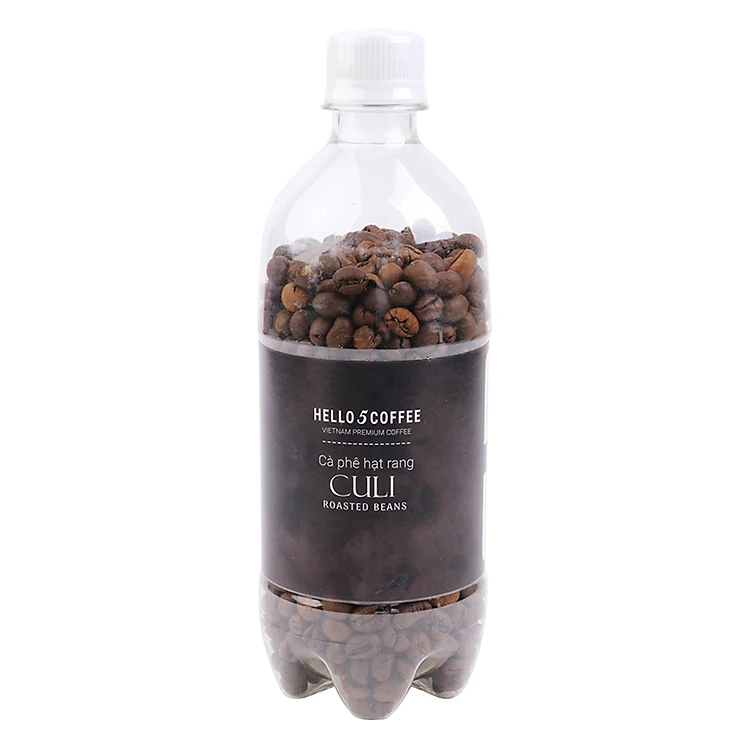
6. Price of Culi coffee in Vietnam
In Vietnam, Culi coffee prices fluctuate according to the general market coffee price situation. Reference retail prices for Culi coffee are as follows:
- Roasted Culi Robusta: Around 180,000 – 220,000 VND/kg
- Roasted Culi Arabica: Around 280,000 – 350,000 VND/kg
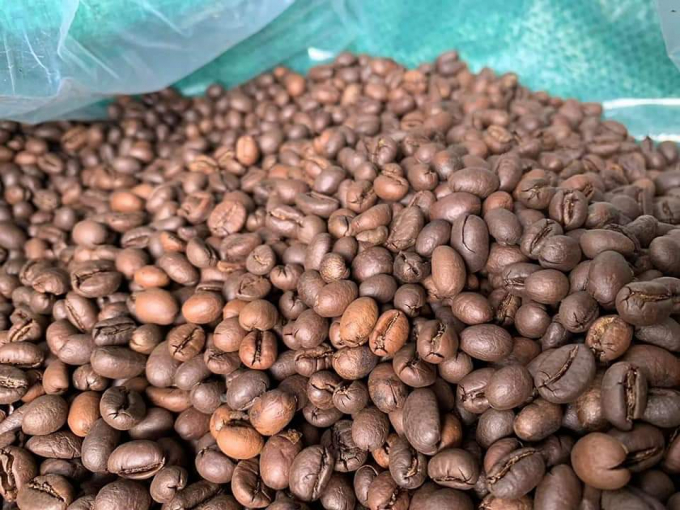
This is not a cheap price for a type of coffee, so when deciding to buy, you need to choose reputable brands to ensure the most authentic Culi flavor.
7. About Hello 5’s Culi roasted bean coffee
Hello 5 Coffee’s whole bean Culi coffee is selected from our 1000-hectare farm in Dak Lak & Lam Dong with 100% wet-processed or Honey-processed Culi Robusta composition.
When using a drip filter, you will experience the characteristic rich bitter flavor of Culi coffee, along with deep sweet aftertaste from this processing method. If using a brewing machine, you can blend it with Arabica to highlight the flavor.
Hello 5 Coffee’s special whole bean Culi coffee is very suitable for those who love strong and traditional coffee taste. When enjoying it, you will feel different flavor layers harmoniously blended together creating an irresistible charm.
Contact us immediately via WhatsApp (+84) 81 535 5505 or Email info@hello5coffee.com to purchase in large quantities with high discounts.

